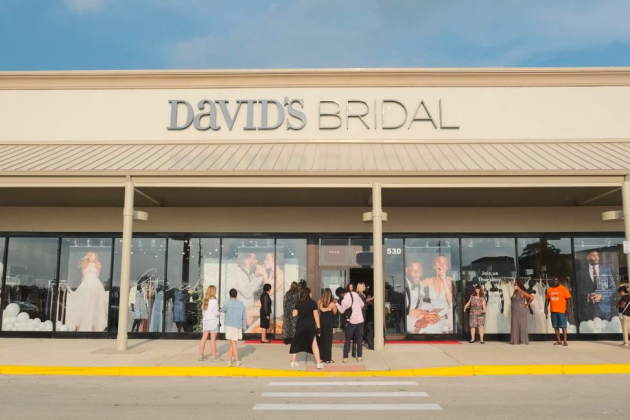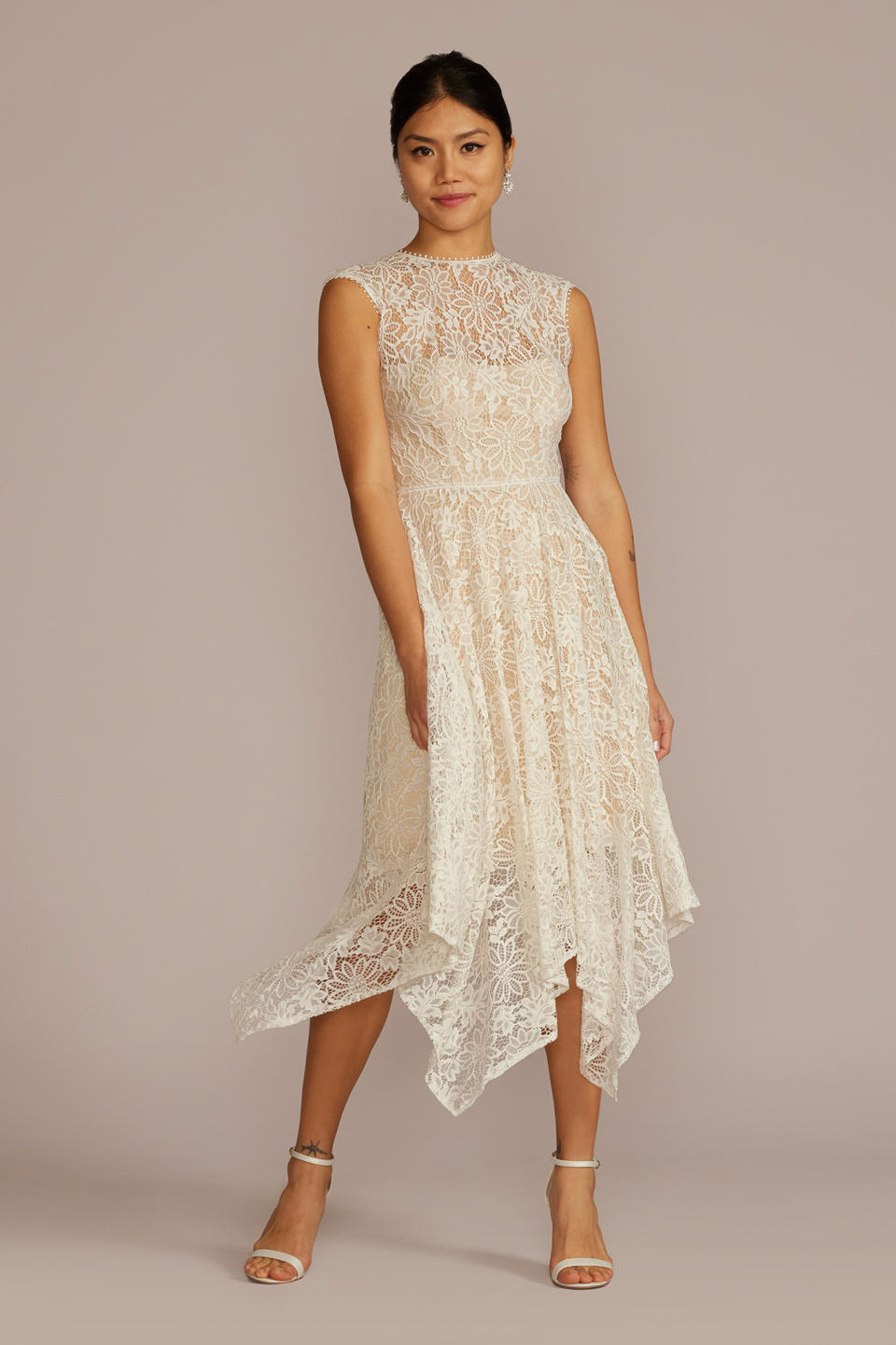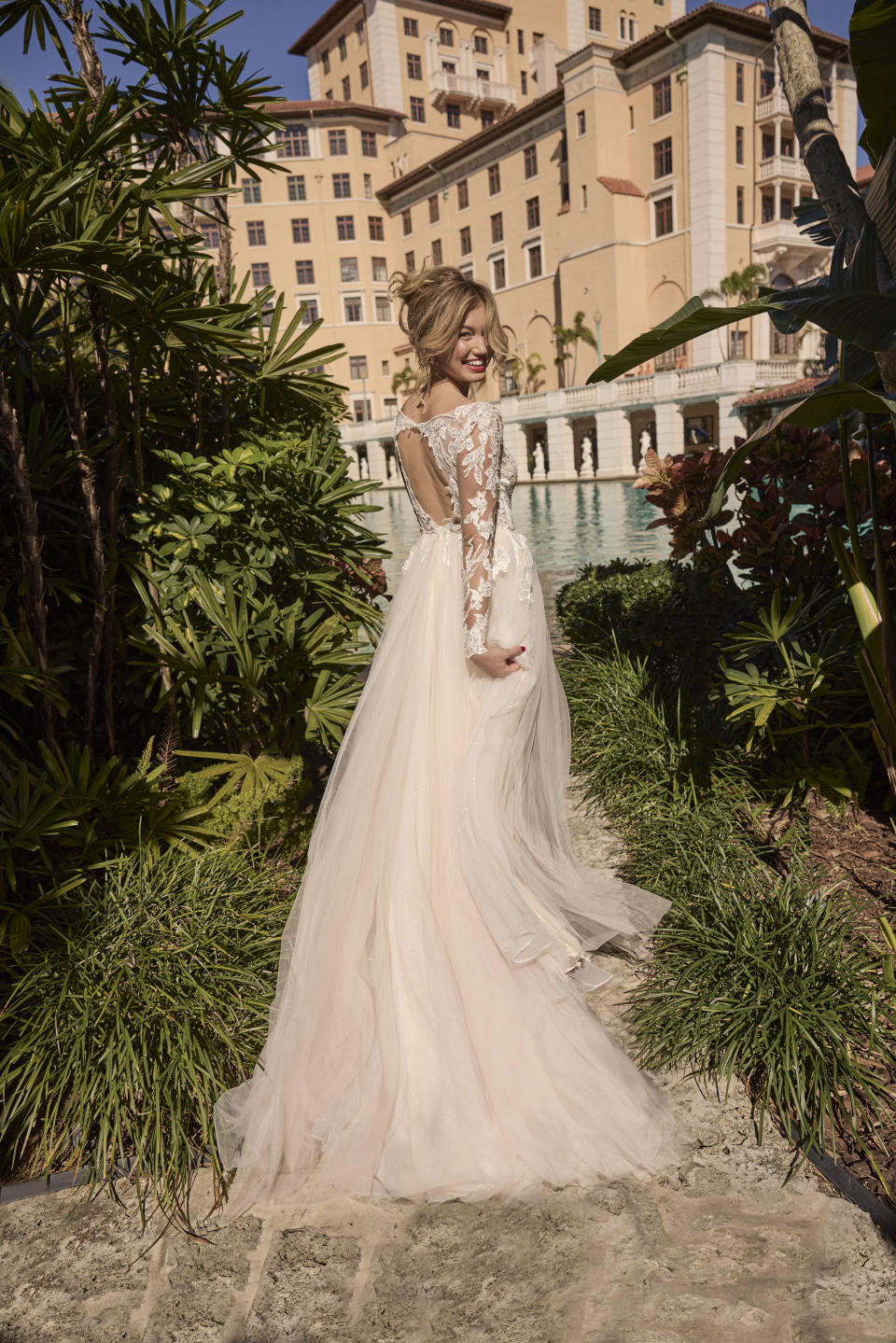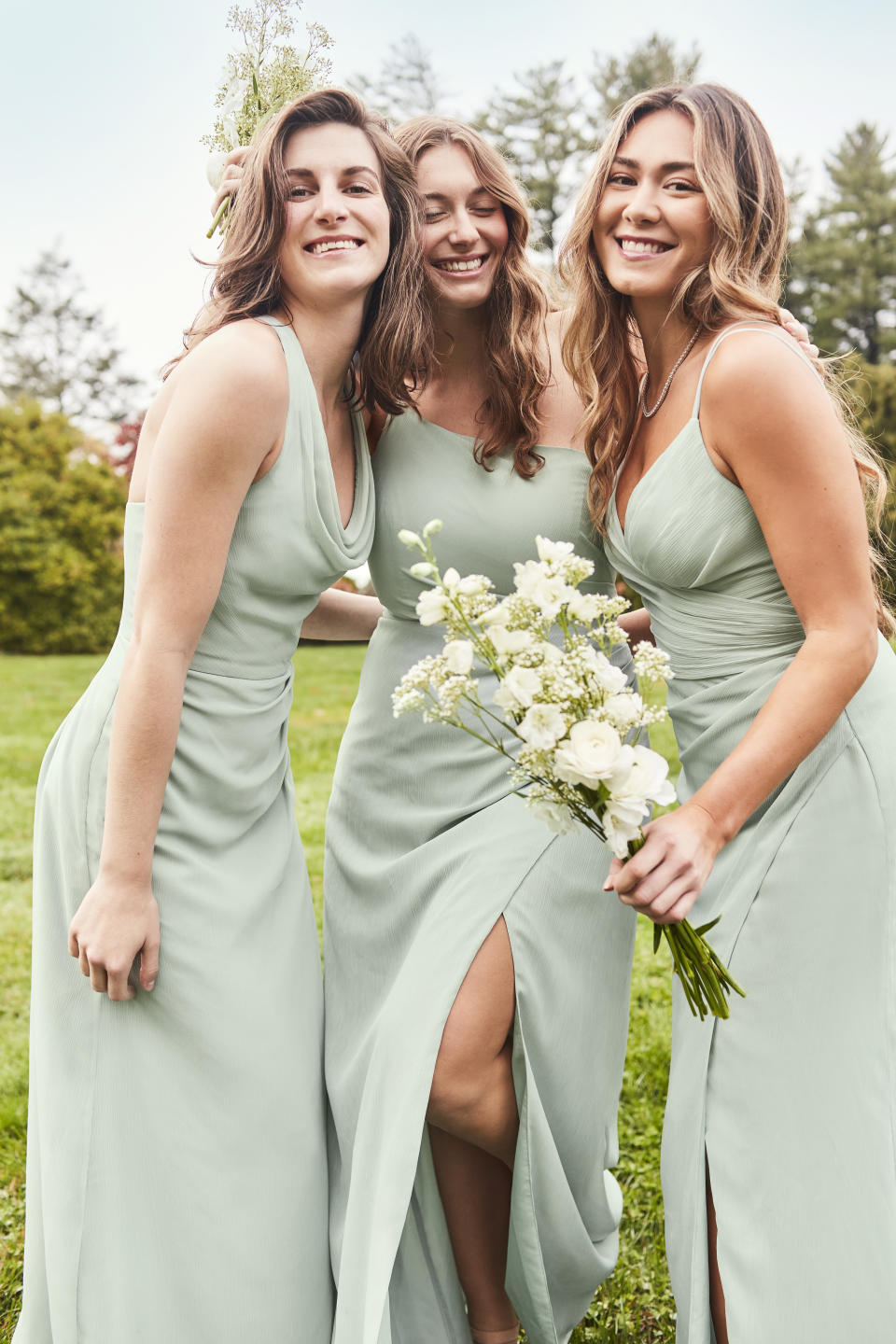What’s Next for David’s Bridal After Bankruptcy and Court-approved Sale

Having been rescued from bankruptcy and spared complete demise with a court-approved sale to Cion Investment Corp. earlier this month, David’s Bridal is now trying to dig out.
That’s no small order for the Conshohocken, Pennsylvania-based chain that has been around for more than 70 years. Four years after joining the omnichannel retailer as chief executive officer, James Marcum is forging ahead following a tumultuous few years that were also brought on by the pandemic shutdown, changes in consumer behavior and inflation concerns.
More from WWD
EXCLUSIVE: Financing Platform Bonside Signs Deal With Yoga Studio Y7
Valentino's Revamped Concept Store Opens at Shanghai's Plaza 66
As part of the sale, Cion has invested $20 million into the company for new initiatives and has assumed certain bankruptcy-related liabilities. Bank of America will continue to provide financing to enhance the business’ financial flexibility through a $50 million revolving credit facility and a $20 million term loan facility.
Once the leading bridal retailer in North America, David’s Bridal was officially shopping for a buyer in February and it filed for bankruptcy in April. The company revealed plans to lay off the bulk of its then-9,236 employees at that time. But the 11th-hour deal with Cion enabled David’s Bridal to avoid such drastic reductions and to keep some stores operating. The sale has reportedly decreased the national chain’s debt from $256.9 million to about $90 million. David’s Bridal had a previous bout with bankruptcy in fall 2018, when the retailer reached a deal with lenders to reduce its debt by more than $400 million. Cion first got involved with David’s Bridal at that time.
In an interview Thursday, Marcum spoke about the setbacks, challenges and road ahead. Four years into his tenure with the company, he noted how the leadership team has been engaged with Cion throughout that time (and further back). Marcum emphasized the bridal industry’s staying power and the retailer’s unique market share that is largely driven by ultra-affordable dresses.
“We’re staying relentlessly focused on the customer, our value proposition around design and we’re looking at every trend that’s going on out there. We are well-positioned to execute,” he said.
During the 90-day bankruptcy process, David’s Bridal closed 100 stores and it now has 195 units — all of which the company plans to maintain, according to Marcum. With designation rights on many of those locations, the company intends to continue to operate all of them “with landlords’ support,” he said.

While the initial plan this spring called for layoffs for the bulk of the 9,236-person team, there are currently about 6,500 employees including 2,000-plus who work in the bridal industry’s peak season — the first and second quarters of each year. Further job cuts are not planned, Marcum said. At its prime between 2015 and 2016, David Bridal had upward of 330 stores and annual sales north of $700 million, said Marcum, who declined to pinpoint this year’s projected sales.
“First and foremost, we’re going to focus on the consumer to give her confidence back and to tell her that David’s Bridal is here to stay through advertising, social media and customer service experience. We are focused on our execution and bringing that customer back,” Marcum said.
The bridalwear market in the U.S. was estimated to be worth $27 billion in 2022, and accounted for 44.1 percent of the $66.1 billion global market. The wedding industry continues to rebound after the impact of the pandemic shutdown, which reduced the size of wedding parties, resulted in severed unions, postponements and canceled weddings and shrank some couples’ budgets. By 2026, the global market is expected to reach $69.9 billion, according to the “Bridal Wear Global Market Trajectory and Analytics” report complied last year by Research and Markets.
Despite sizable layoffs and the overall labor shortage that many retailers are facing, Marcum described the company as “well-positioned,” in terms of in-store staffing, due to “a committed workforce.” Media coverage of the retailer’s bankruptcy has undoubtedly prompted questions and concern among consumers, but Marcum said sales associates have been “very transparent” with them. The CEO said the chain has been “very vocal that we would deliver — even in bankruptcy — every dress that has been ordered,” as was the case post-pandemic.
A vertical operation, David’s Bridal designs and produces all of its wedding dresses and bridesmaid dresses through a joint venture with Fillberg Ltd., as well as 85 percent to 90 percent of all occasion dresses. The company only sells brands that are exclusive to the industry including Oleg Cassini, DB Studio and Galina Signature. In addition, by solely offering its own brands that are exclusive, the company can “retrench, refashion, fast-track things into production, test and keep costs down,” Marcum said.
There is potential to license David’s Bridal brands and distribute them internationally, and “significant opportunity” to introduce David’s Bridal concept shops within other retailers in 2024, he said. Although the chain previously collaborated with big-name designers like Vera Wang for diffusion lines, that is not currently a priority. Along with wedding dresses, bridesmaid dresses, prom dresses and other occasion dresses, the company sells accessories and fragrances. Bridal sales are about one-third of the overall business, bridesmaid-related sales are slightly less than one-third, occasion dresses account for a bit more than 20 percent and the remainder is mostly accessories, Marcum said newer labels include Jules & Cleo for juniors and Fifteen Roses for quinceañeras.

Claiming to account for one in four wedding dresses purchased in the U.S. prior to the bankruptcy filing, Marcum said being able to deliver value and price are key. With factories in China, Hong Kong, Sri Lanka, Vietnam, India, and Myanmar, David’s Bridal produces less than half of its dresses in China, where its partner Fillburg Ltd. has a design center. Despite the stormy geopolitical climate with China, David’s Bridal has no plans to change that production at this point.
The bridal market, however, is shifting as vintage, recycled and borrowed dresses become more acceptable. “It’s clear from customer data that there is a trend toward thrift and consignment. Is it longer or shorter term? We’ve heard a lot of pluses and minuses. We’ll see how the customer evolves and we’re monitoring all of that,” Marcum said.
Along with suites for wedding planning, the retailer offers shoppers Pearl by David’s Bridal, a planning platform that connects vendors and brides-to-be. Such relationship-building tools lead to consumer feedback about what types of dresses and price points they’re looking for. “No matter where she pivots, we’ll figure out a way to take a stake in that,” Marcum said.
Addressing the challenges in the industry, he cited the publicly traded Signet Jewelers’ acknowledgement of decreased sales due to a decline in wedding engagements between the fall of 2022 and 2023. The company, which has brands like Zales, Jared, Kay Jewelers and Diamonds Direct under its corporate umbrella, attributed that “engagement gap,” due to relationships that unraveled early on in the first six months of the pandemic in 2020.

More than three years later the bridal industry, including David’s Bridal, is still COVID-19 affected, Marcum said. “We’ve gone through the period of disruption, closures, shutdown, legislative restrictions and the availability of [wedding] venues have been very difficult. You had hundreds of thousands of weddings that were rolled from 2020 into 2021 and then into 2022.”
Although weekday weddings became more acceptable, some of those postponements and extended engagements happened because of a lack of venues for weekend weddings. That shortage also sparked the casualization of weddings such as backyard nuptials, Marcum said. “Everybody expects to normalize, including Signet, but that normalization process we’re still navigating.”
Above all the industry’s greatest challenge is that “It’s an emotional, high-touch business. It starts with the bride. This is her dream. It’s one of the most important life events that she will have. She wants it to be perfect. The service has to be great. The process that she navigates is very stressful,” he said, adding that the retailer’s wedding planning checklist, inspiration boards and venue assistance enable the company to engage with consumers way up front. “Even if we don’t sell her the dress, we are very likely to satisfy her wedding party, and/or somebody in her engagement.”
Best of WWD

